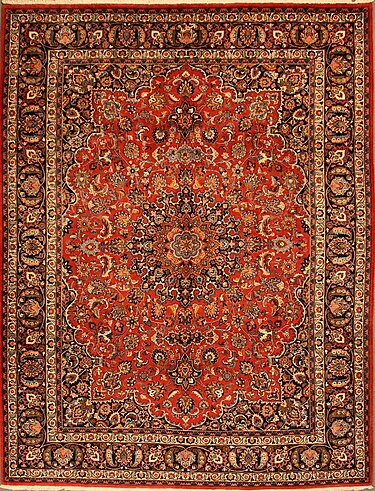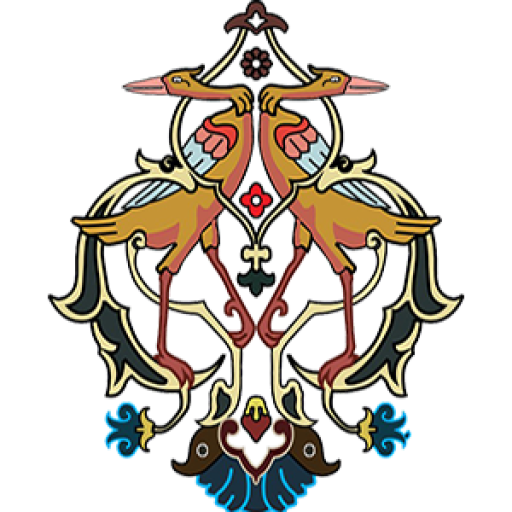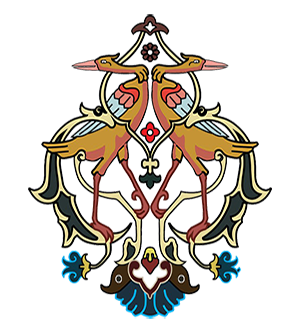History of Arak Handwoven Rugs
The rise of Sarouk carpets coincided with the peak of Persian carpet exports to the West, particularly during the Qajar and early Pahlavi eras. Western demand — especially from the United States — profoundly influenced the designs, color palettes, and sizes of the rugs. As a result, Sarouk carpets became symbols of Persian luxury in Western homes.





